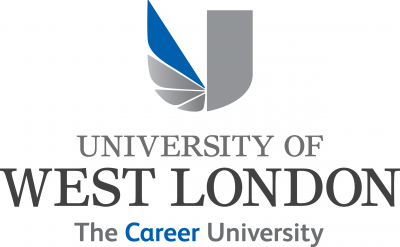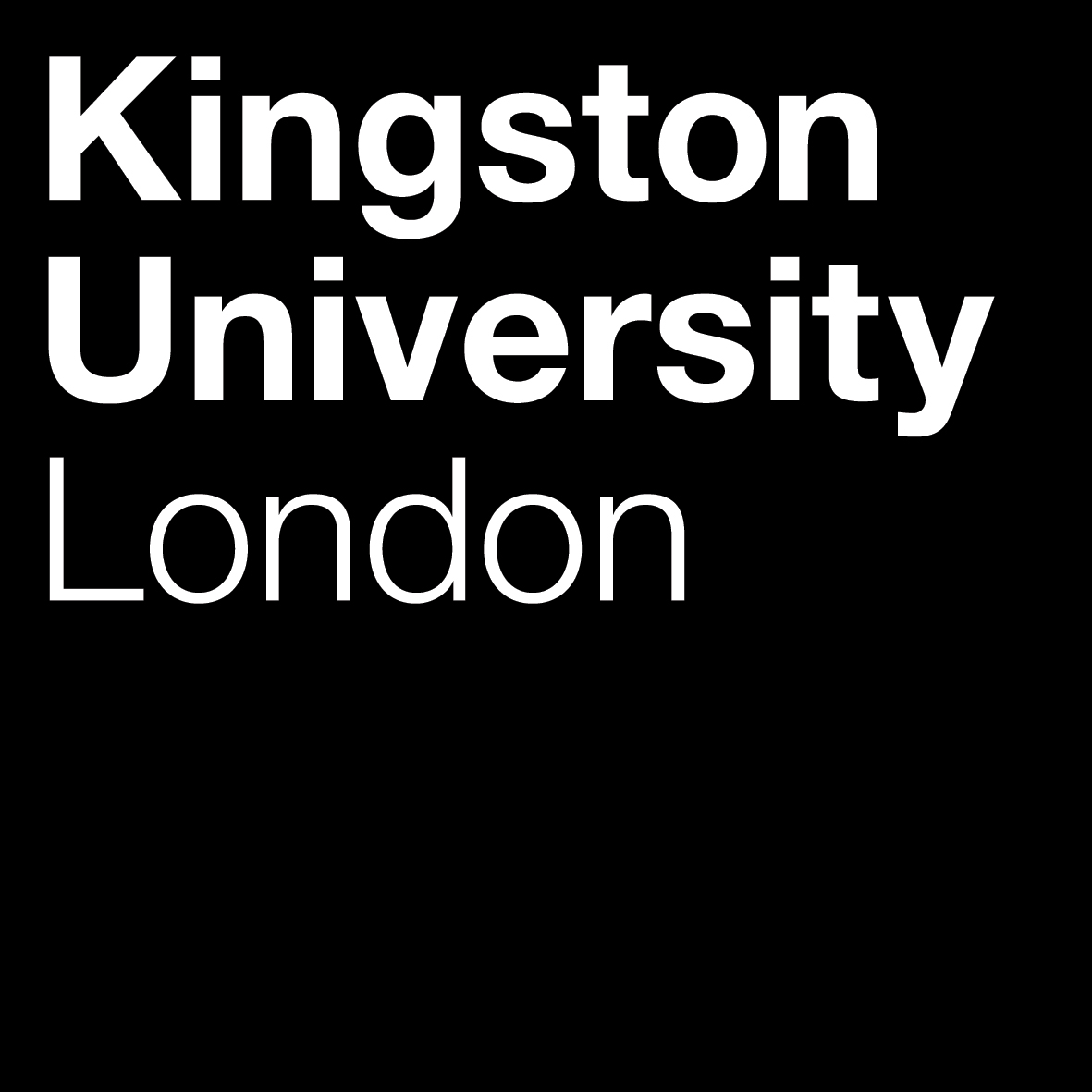1st February, 2023
Transitioning Beyond Academia
Dr Gemma Outen
18th August, 2021
Dr Mark Gray Pro-Vice Chancellor & Director, Knowledge Transfer, Middlesex University
‘Levelling up’ remains something of a mystery.
The R&D place strategy might eventually provide more information on how the twin elements of both the Industrial Strategy and the ‘Build Back Better’ strategy of R&D growth and regional economic development would work together. The PMs (rather thin) speech of 13 July identified two dimensions to ‘levelling up’ – one, the creation of effective local leadership through an extended network of Mayors (county and city) linked to new powers – a political issue – and the creation of ‘hubs [of] research and innovation’, requiring investment in enterprise, R&D and skills. There was little detail in the speech to suggest that plans were well advanced on either front. (Meanwhile Research England’s direction to universities in constructing their KE strategies submitted as HEIF Accountability Statements makes plain that, at least for the foreseeable future, ‘levelling up’ contributions should be a full part of what HEIs deliver.) However, given that much of the speech followed very closely the proposals in Lord Sainsbury of Turville’s report for the Centre for Cities, it is possible to fill some of the gaps from the Sainsbury recommendations.
Sainsbury argues that government’s levelling up of Britain requires ‘supporting places to develop clusters of high-value activity’. These clusters are for Sainsbury necessarily urban, they should offset what Sainsbury calls ‘the costs of excessive concentration of innovation and economic activity’ in the ‘Greater South East’ by creating alternative points of investment and skills, and they should become the focus for ‘allocating and co-ordinating R&D, education and training, and infrastructure resources to support it’ once a cluster is underway. (All of this sounds suspiciously like advocating agglomeration as a means of offsetting agglomeration elsewhere.)
The role of universities in all of this is clearly, for Sainsbury, not one of leadership. He argues that ‘universities need to strengthen their contribution to local business growth, and additional actions should be taken at a cluster level to promote idea sharing, especially by increasing interaction between businesses and academia, and by providing specialist facilities to support the interactive refinement of innovations.’ This three-fold service role (direct business services support, action on ‘idea sharing’, and specialist facilities access for prototyping) is supplemented by developing ‘specialist skills that clusters need, and education and skills providers should work directly with cluster employers to offer courses that equip the right number of people with the skills in demand’ – all of which sounds remarkably like the spirit of the old Learning & Skills Councils in planning skills provision on the basis of local need, without the apparatus of the councils themselves.
All of this suggests that the ‘levelling up’ agenda will affect universities in some very specific ways:
(i) they will need to work with new devolved local powers at ‘cluster’ level – probably at metropolitan or county level. This means that current geographies of affinity and power may change in some parts of the country as ‘clusters’ and ‘powers’ become coterminous. This may afford some opportunity to influence the scope of the deployment of those powers at cluster level, but not the powers themselves.
(ii) they will need to provide direct business support through knowledge exchange, incentivised possibly but very possible not at all. There may be expectations of delivery linked to revised definitions of research excellence emerging from the REF review, a focus on local over dispersed impact in REF impact case studies, a link between regional service and HEIF funding through the KEF. However, one should assume that there will be an expectation of a clear service offer locally, focused on potential cluster needs.
(iii) universities will be expected to become conveners of ‘idea sharing’ in ways that are productive of collaboration. This might include regional sandpits, exchanges, entrepreneur-in-residence schemes, hackspaces on campus etc. It is clear that this is the least developed of the elements Sainsbury discusses since there are likely to be few metrics capable of judging success. Engagement is clearly part of the expectation, but not all of it. Refinement of focus – from engagement to collaboration making – requires something of a change of gear, from ‘reach out’ to ‘convening’.
(iv) facilities access and co-working is perhaps the most immediately accessible element of the Sainsbury prescription, and many universities already offer some of what it requires. However the current endowment of university facilities, equipment and space largely dictates what each of them can deliver. There is no expectation in Sainsbury of facilities sharing or co-hosting by HEIs, but it might be one approach to moving beyond space/equipment hire. There is also no specific requirement for access to the specialist technical and technician skills required to ensure such facilities use benefits the cluster. Moreover, universities might expect host new shared cluster facilities too, and with that would come an implied resourcing need beyond space and including technical support.
Given the relative parsimony of official detail of what levelling up will actually mean it would be wrong to counsel universities to plan in detail for levelling up now. They might, however, ask themselves some pertinent questions as the strategy takes shape,
(a) where does the evidence suggest cluster and agglomeration effects would most naturally feature in the hinterland of the institution, and how are powers currently used? How are those powers contingent upon national legislation which might be changed, or how might those powers be extended by devolution? Is the university in the conversations about policy capacity and local autonomy at cluster or regional level that would provide it with a sense of the likely direction of travel?
(b) Is the university able to convene rather than simply reach out? Is there capacity to increase the amount of local KE support provision to business and to engage in the convening role? Does the university have as much ‘know-who’ as knowhow?
(c) Is there a case for collaborative facilities and facility sharing in the region in which the university can play a role? Is this a financially viable role? Are there conversations to be had with other higher education institutions about this now?
‘Levelling up’ remains something of a mystery and its ambitions might be achieved by a number of routes (if one wanted to reduce disparities between the north and the ‘Greater South East’ measured by GVA per head of population one might, paradoxically, do better to encourage people to move to the south east so that the denominator grew). By the autumn it is hoped we will hear more from government about what it all means. In the meantime there are conversations to be had in universities.
You've been waiting for it and our May newsletter is here! -> bit.ly/3M9ICG6 pic.twitter.com/Iug9eWimQQ





